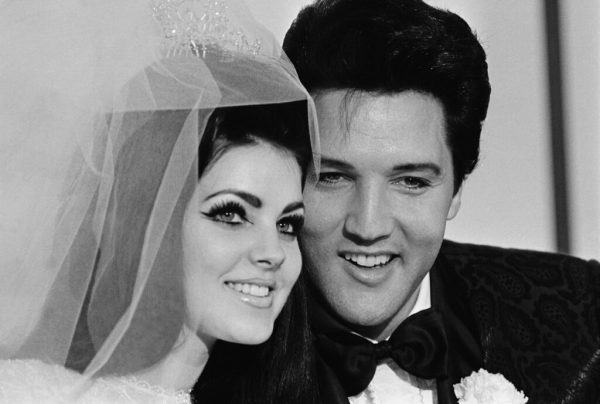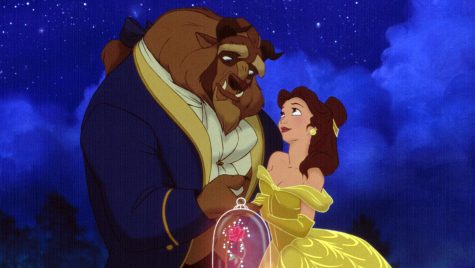From Britney to Bach
Classical music’s influence on modern pop
October 2, 2020
Pop music is characterized by its loud, bubbly nature that’s meant to capture the public’s attention. Classical music falls at the other end of the musical spectrum, and yet classical composers helped establish many common ideas used by pop artists today.
“Pop music” is the label loosely assigned to the popular songs of the past few decades, many of which do not use actual instruments. Meanwhile, classical music is based on sophisticated instrumental arrangements and relies much less on vocalists. However, their formats often overlap; three or four-minute songs with verses and a chorus that repeats throughout. According to the British Broadcasting Corporation (BBC), this “verse-chorus” format was originated by the classical composer Schubert.
Mozart, one of the most famous classical musicians, also created the concept of using only four chords to make a song, as stated by The American Council on Science and Health and the BBC. The chords selected are based on the first, fourth, fifth, and sixth notes in the key (a group of pitches that establishes what notes are used) of the song. “Rondo Alla Turca”, composed by Mozart, has an almost identical format to the pop songs of today, with a few verses and a repeating chorus. “Canon” by Pachebel utilizes the four-chord set up in the key of D major- the exact same chords used in “With or Without You” by U2.
So, try paying closer attention to pop songs commonly played on the radio. Even singers like Ariana Grande take some hints from Mozart every now and then.












